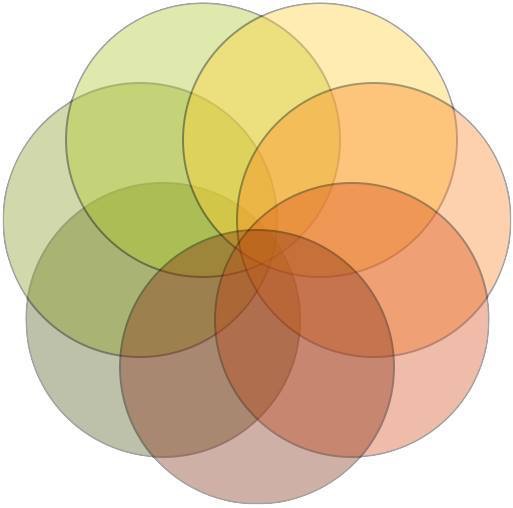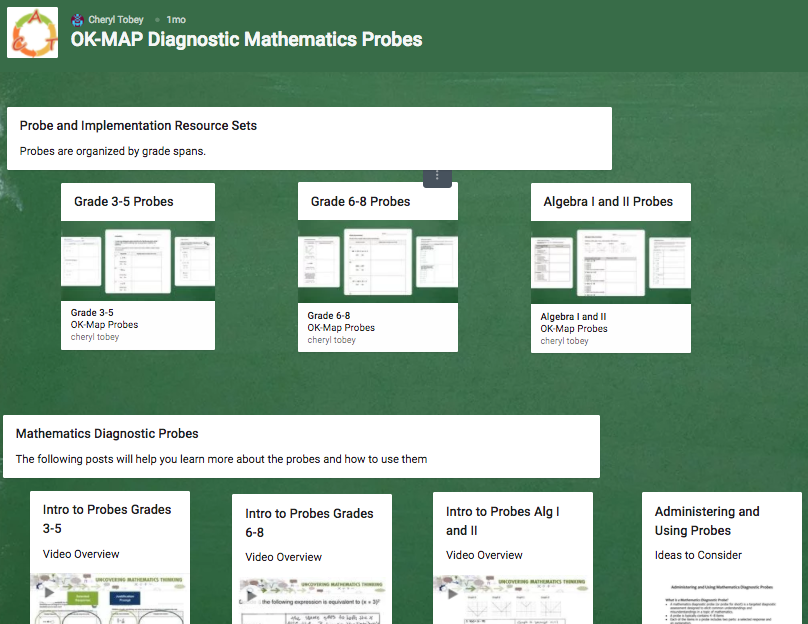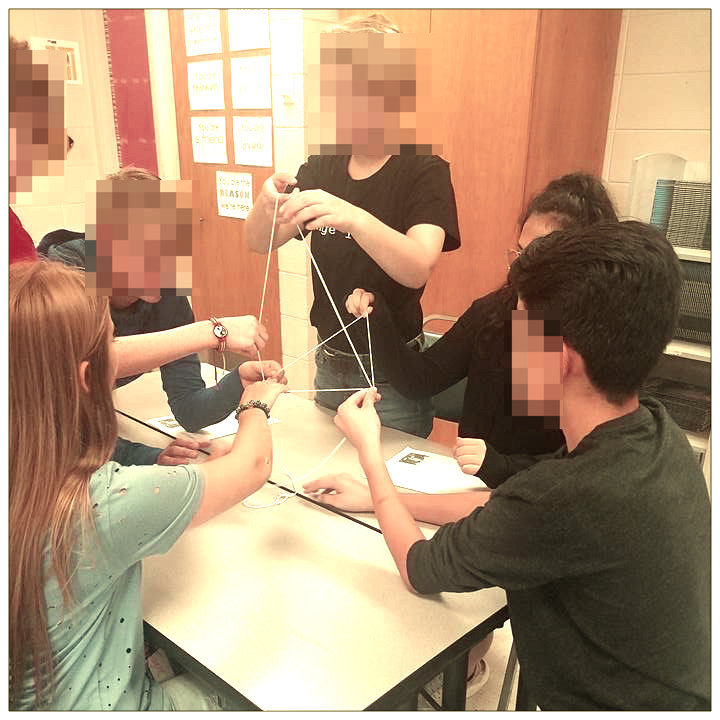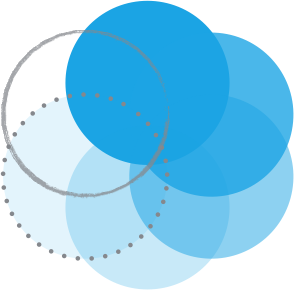You probably all know by this point that we are moving right along with the implementation of Oklahoma’s NEW Oklahoma Academic Standards for Mathematics and ELA. The timeline is fast and furious, believe me. To help jump start the work of making sense of the standards, we’re happy to present to you the At-A-Glance resource for Pre-Kindergarten through Algebra 2! (skip to the end to view/download)
As we all think about how to implement the standards, one of the first questions we have to answer is what content has changed in each grade level. The most recent strategy for this (thinking back to the recent transition to CCSS) was to create an enormous side-by-side that was a mile long and was supposed to show us which old standards matched to which new standards.
That process, while useful to some, was arduous. The goal of that resource sounded simple: help teachers find what was new, what had changed, and what critical gaps exist. Frankly it was more of an accident that a teacher would be able to dig into that document and make sense of it to reach that goal.
This go around, we’re trying something different to make sure every teacher across the state can easily see the changes and quickly adjust their content focus in the next school year (’16-’17).
You can skip down to download the document, but I’d like to do a short introduction on how you can use this document.
Let’s start with an important disclaimer: the At-A-Glances are not the standards. If you want the standards, go here. Otherwise, know that the At-A-Glances are focused on changes within each grade level.
There are three sections of the document. I’ll very briefly describe each and then talk about how you can use them to plan for next year. Keep in mind that PASS is referring to our prior standards.
- New Grade Level Concepts: New Grade Level Concepts are new ideas to the
grade level that were not explicitly addressed in PASS. There are at least three things to do with new concepts:- Make sure you understand the content. What does it actually mean? Why does it matter? What is the conceptual aspect and what is the procedural aspect of the objective?
- Start thinking about how the content is situated within the progression. What came before it and after it? What is the content that is related around it?
- Start gathering ideas about how kids best learn that content and how you can gather evidence that your students are thinking deeply about the content.
- Changed Concepts: Changed Concepts are those that are related to grade-level PASS standards with changes underlined. For these concepts, you have to take time to do an honest review of your current materials to think about what needs to change. It’s just too easy to see these and think the changes aren’t significant. For the most part, every change was made to increase the fit of that objective into the progression and grade level. These cannot be overstated.
- Critical Gaps: Critical Gaps must be taught in 2016-2017 to ensure students do not skip these concepts. No kidding. If you don’t teach these in addition to your new standards, kids will miss critical mathematics concepts. If everyone does this next year (’16-’17), we shouldn’t have to deal with these much in the subsequent years.
We hope you’ll take time to read your grade-level At-A-Glance documents and start thinking about your transition. As always, we’ll be here to help!
1 MBOASM At-A-GlanceJust in case Scribd isn’t working you can always download all the great resources developed by the OSDE at http://sde.ok.gov/sde/mathematics. For simplicity’s sake, you can also download the file directly below:
Links to the Consortia-developed Crosswalks provided in the At-a-Glance Document have been updated. Please use this link to access the crosswalks.





How do we get clarification and understanding of the new and changed standards? I have been trying to write a new pacing calendar for my district for 4th grade, and there are some that I just don’t understand! If there were examples or detailed explanations that would be great!
We are working with the Math Curriculum Frameworks Project writers to do just this. If you have specific questions, you can post them here!